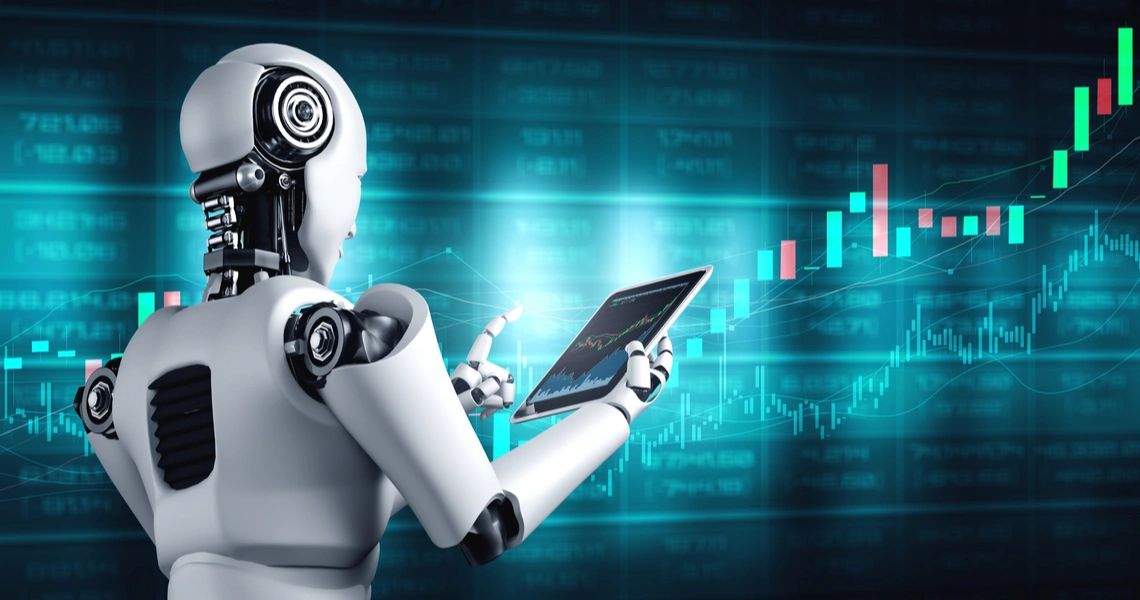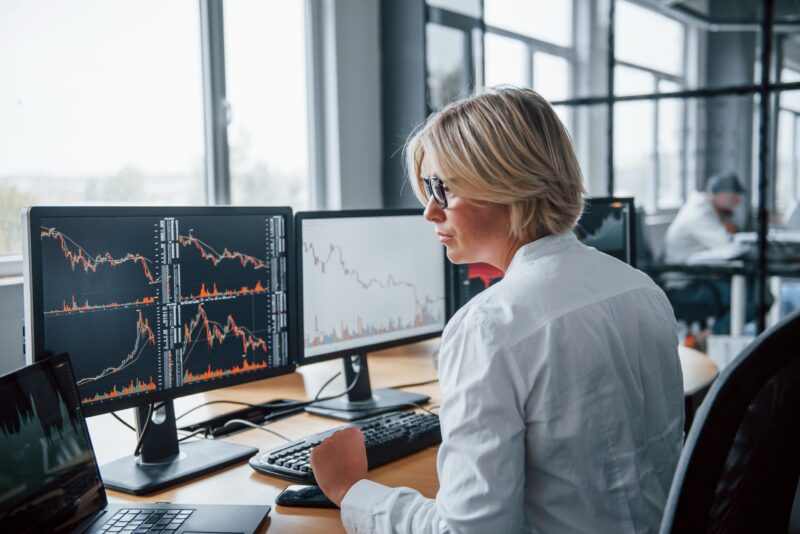In the fast-evolving landscape of financial markets, the integration of artificial intelligence is not just a trend; it’s a revolution that promises to reshape the very foundations of trading. As algorithms grow increasingly sophisticated, they are now capable of analyzing vast datasets in real-time, uncovering insights that elude even the most seasoned traders.
Picture this: a world where machine learning models adapt to market fluctuations in mere milliseconds, executing trades with an efficiency that defies human capabilities. This technological leap opens new frontiers, enabling investors of all backgrounds to harness advanced strategies that once seemed reserved for elite institutions.
Yet, with this surge in automation comes a set of challenges and ethical considerations that demand our attention. As we delve into the future of trading, we must explore how AI is not just enhancing strategies but transforming the entire trading ecosystem.
The Evolution of Automated Trading: From Algorithms to AI

The evolution of automated trading has been a remarkable journey, transitioning from rudimentary algorithms to the sophisticated AI-driven strategies we witness today. Initially, traders relied on basic rule-based systems, relying heavily on historical price patterns and simple indicators to dictate their buying and selling decisions.
These early forays into automation, while groundbreaking, often lacked the adaptability required to thrive in the ever-changing market landscape. Fast forward to the present, and we see AI taking center stage, learning from vast datasets and employing complex neural networks to make real-time decisions.
Now, automated trading software can analyze sentiment, recognize patterns, and even predict market movements with an unprecedented level of accuracy. This shift is not just about speed; it\’s about depth, complexity, and the ability to navigate the unpredictable waves of the financial ocean, showcasing a future where human intuition and machine intelligence coalesce in ways previously thought impossible.
How Machine Learning is Revolutionizing Trading Strategies

Machine Learning is dramatically transforming trading strategies, ushering in an era where data-driven insights reign supreme. Traditional methods, often based on historical data and intuitive decision-making, are being eclipsed by algorithms that process massive datasets at lightning speed, identifying patterns and trends that human traders might overlook.
Imagine a world where a machine can analyze fluctuations in thousands of assets simultaneously, adjusting strategies in real-time to maximize returns with unprecedented precision. Moreover, the adaptability of these models means they can learn from past trades—evolving continuously to counter market anomalies and changing dynamics.
As a result, traders are no longer solely reliant on gut feelings or simplistic formulas; instead, they harness the power of AI to create sophisticated, automated strategies that not only react to market movements but anticipate them, fundamentally reshaping the landscape of trading as we know it.
Predictive Analytics: Forecasting Market Trends with AI

Predictive analytics has emerged as a cornerstone of modern trading strategies, harnessing the power of artificial intelligence to decode intricate market patterns and gain actionable insights. Imagine diving into a sea of data—fluctuating prices, trading volumes, social sentiment—and surfacing with clear forecasts that can sway decisions in real-time.
By employing machine learning algorithms, traders can not only anticipate price movements but also gauge the broader market sentiment that drives them. This capability to foresee trends means that investors can position themselves advantageously, seizing opportunities before they vanish into the ether of volatility.
In this rapidly evolving landscape, where milliseconds can mean millions, the infusion of AI into predictive analytics is not just an innovation; it’s a revolution that promises to redefine the very essence of trading as we know it.
Conclusion
In conclusion, the future of trading is undeniably intertwined with the advancements in artificial intelligence, which are transforming the landscape of financial markets and reshaping trading strategies. As automated trading software continues to evolve, traders can harness machine learning algorithms and predictive analytics to make more informed decisions at unprecedented speeds.
This shift not only enhances efficiency but also opens doors to innovative investment strategies that were once unimaginable. As we look ahead, the integration of AI in trading will likely become a defining feature of financial markets, offering both opportunities and challenges that require adaptability and vigilance from market participants.
Embracing this technological evolution will be crucial for those looking to stay competitive in an increasingly fast-paced trading environment.


